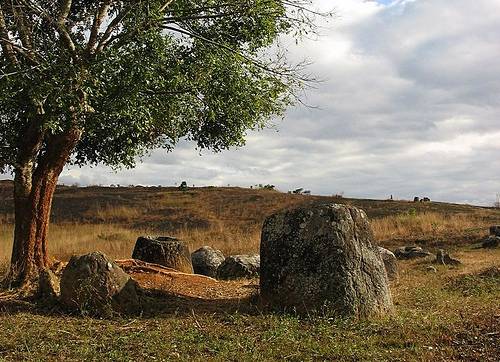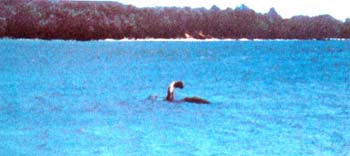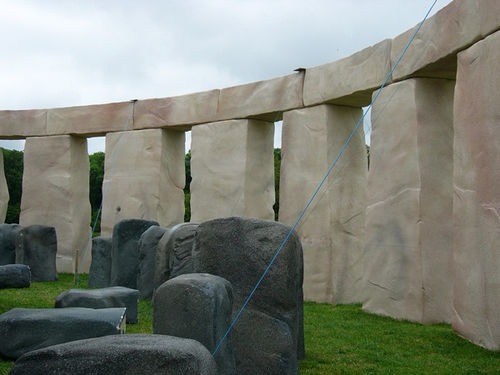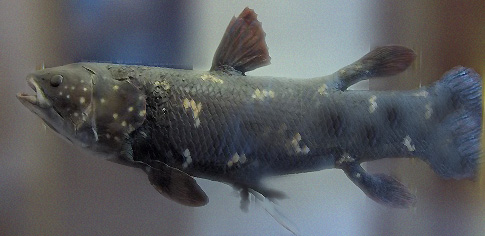When the Spanish conquistadors conquered Mesoamerica, they started sending back reports of a dangerous local animal, built somewhat like a cougar but more fierce than a mountain lion — and quicker to attack humans.
The Indians called the cat cuitlamiztli, but the Spaniards dubbed it onza. “It is not as timid as the [cougar],” wrote Jesuit missionary Ignaz Pfefferkorn in 1757, “and he who ventures to attack it must be well on his guard.” Another missionary, Johann Baegert, wrote that an “onza dared to invade my neighbor’s mission when I was visiting and attacked a 14-year old boy in broad daylight. … A few years ago another killed the strongest and most respected soldier” in the area.
Reports petered out by 1757, but in 1938 three hunters shot a strange animal in northwestern Mexico. It resembled a light-colored cougar with elongated ears, legs, and body. When a farmer in the same area killed another specimen in 1986, genetic analysis linked it to western North American pumas. Whatever it was, it had a fully functional reproductive system, so there may be more of them.





